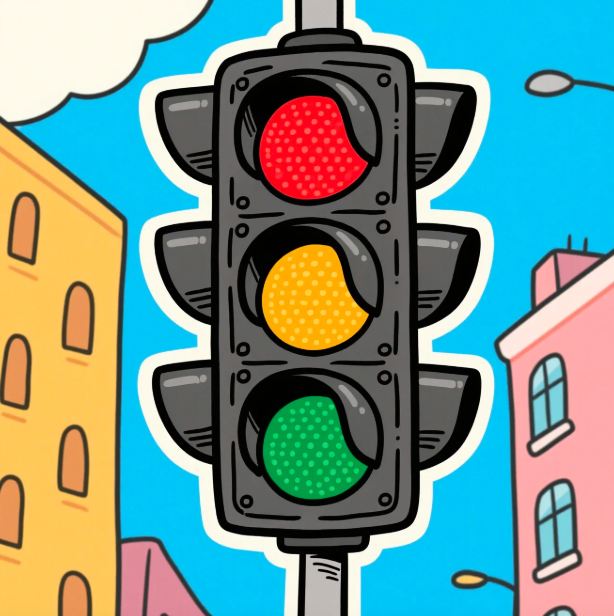Home » What is the origin of traffic lights?

The traffic light is a familiar sight at intersections worldwide, but its origin is rooted in industrial innovation and urban necessity. As cities expanded and vehicular movement increased in the 19th and 20th centuries, the need for organized traffic control became evident. The invention of the traffic light was not only a technological milestone but also a turning point in public safety and urban planning.
The earliest known traffic light was installed outside the British Parliament in London in 1868. Designed by J.P. Knight, a railway signaling engineer, it used gas lamps to show red and green signals. It was manually operated and intended to control horse-drawn carriages and pedestrian movement. Unfortunately, the gas-powered light exploded after just one month of use, injuring the operator and halting further development temporarily.
Despite this setback, the idea of a traffic signal remained relevant, especially with the rise of the automobile.
Over the decades, traffic lights evolved to include:
A 2023 study reported that smart traffic systems can reduce urban congestion by up to 25% and lower accident rates at intersections by 30%.
With over 1.35 million road traffic deaths globally each year, standardized traffic light systems play a critical role in reducing accidents. The red-yellow-green color scheme has become universally recognized, despite cultural and regional differences in infrastructure.
Modern traffic lights are no longer limited to roads. Variants are used in:
Their adaptability underscores the importance of clear visual communication in managing large-scale human movement.
In conclusion, the traffic light has come a long way from its gas-lit beginnings in Victorian London to the AI-enhanced systems of today. Its development reflects broader trends in technology, safety, and urban management. Understanding the origin and evolution of traffic lights helps us appreciate their crucial role in shaping modern transportation networks.
